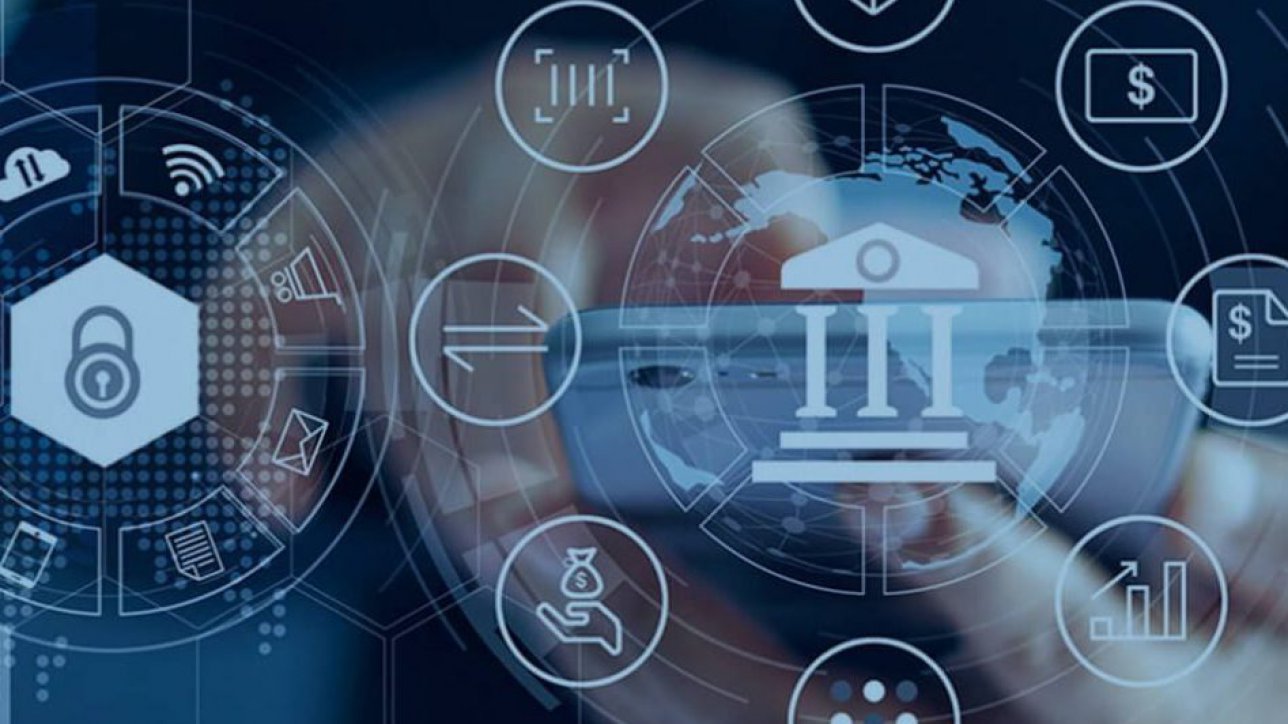If you are wondering how data science is used in the financial technologies (fintech) industry, you have come to the right place. This article will answer some of the most common questions about data science and its use in the banking industry.
Robo-Advisors
Artificial Intelligence (AI) and Data Science are vital parts of Robo-advisors. The technology helps a Robo-advisor develop and maintain a portfolio of assets. This enables a Robo-advisor to equilibrate investment allocations and optimize risk-return tradeoffs.
Most Robo-advisors use Modern Portfolio Theory and a mathematical framework to determine the correct investment strategies for their investors. They typically choose indexes and exchange-traded funds (ETFs) to invest in. Some Robo-advisors also make targeted suggestions to users.
However, despite the Robo-advisors’ innovations, they face criticism for their lack of empathy. There are also questions about data privacy and security. These issues can affect the financial management of high-net-worth individuals. This is why actual consultants actually exist to give financial advice. Although Robo-advisors are less expensive, financial advisors offer more individualized service. Cane Bay Partners provide a wide range of services, including estate planning, tax planning, and investment management.
A survey conducted by the CFA Institute in April 2016 showed that most respondents believed Robo-advisers would impact asset management. But they also saw some flaws in the algorithms used to create portfolios.
Recruiting For Data Scientists in The Banking Sector
Data science in the banking sector is growing. Data is being used by banks to increase the effectiveness of their procedures. Data is also used to enhance customer experiences. The information is being used by some banks to spot fraud.
Financial services firms spend a considerable amount of money on technology and analytics. They need specialists who can analyze the data to make profitable decisions. This is why financial institutions are trying to hire data scientists.
Many of the largest banks around the world store terabytes of data daily. The data includes client information, transactions, demographics, and communication. It is difficult to extract actionable insights from unstructured data. A high-quality data set can be a dream for building predictive models.
For instance, insurers frequently have access to details about specific clients and their connections. These businesses use machine learning models to better understand customer behavior and engage with them. By providing everything from insurance products to portfolio management, financial advisors from Cane Bay Cares and are increasingly acting as a “one-stop shop.”
Detection of Frauds
Machine Learning (ML) can help to predict fraudulent behavior before it materially impacts a business. It can also help detect a fraudulent transaction in the middle of a real-time data stream, such as a credit card payment.
The fact that it is compatible with so many systems is the best part. It can be used to combat financial crimes such as counterfeit currency, forged bank checks, and credit card fraud. The impact of such scams can be calculated using data analytics, and resources can be realigned to suspicious transactions.
Machine Learning also uses algorithms that learn from the past, using data to produce predictions. These models can differentiate between legitimate and fraudulent transactions and alert account holders when a change is attempted.
Another type of machine learning solution is the neural network. Neural networks can make fast and accurate decisions based on data. They can also independently generate forecasts and clustering.
Tracking Staff Behaviors Across The Organization
A growing number of companies are implementing some form of workplace monitoring. The latest iteration involves tracking employees’ smartphone use. Using these analytics to improve workflow, the company saw an improvement of about 50 percent. This bodes well for the long-term health of the company. Not only did they benefit from improved efficiency, but they also saw improved morale and a reduction in accidents. Finally, the company saved a little money on its IT budget, which is a massive win for any business looking to improve its bottom line.
One of the biggest challenges for employers is keeping tabs on their best and brightest. However, the task should be addressed. Using a sophisticated employee monitoring solution can be a boon to both the employer and the employee, allowing for a more productive and happier work environment.
High-Frequency Trading
High-frequency trading (HFT) is a form of financial technology that uses advanced computers and software to quickly analyze and trade large amounts of data. The benefits of this technology include faster trading, increased liquidity, and the ability to capitalize on short-term volatility. However, this type of trading also comes with its fair share of criticism.
One criticism of HFT is that it gives market makers an unfair advantage. This advantage may be due to the larger size of their capital or resources.
Another is the possibility that HFT may affect the stability of the market. For example, some people alleged that high-frequency trading caused the 2010 “flash crash,” which saw the DJIA lose about 1,000 points in a single day.
